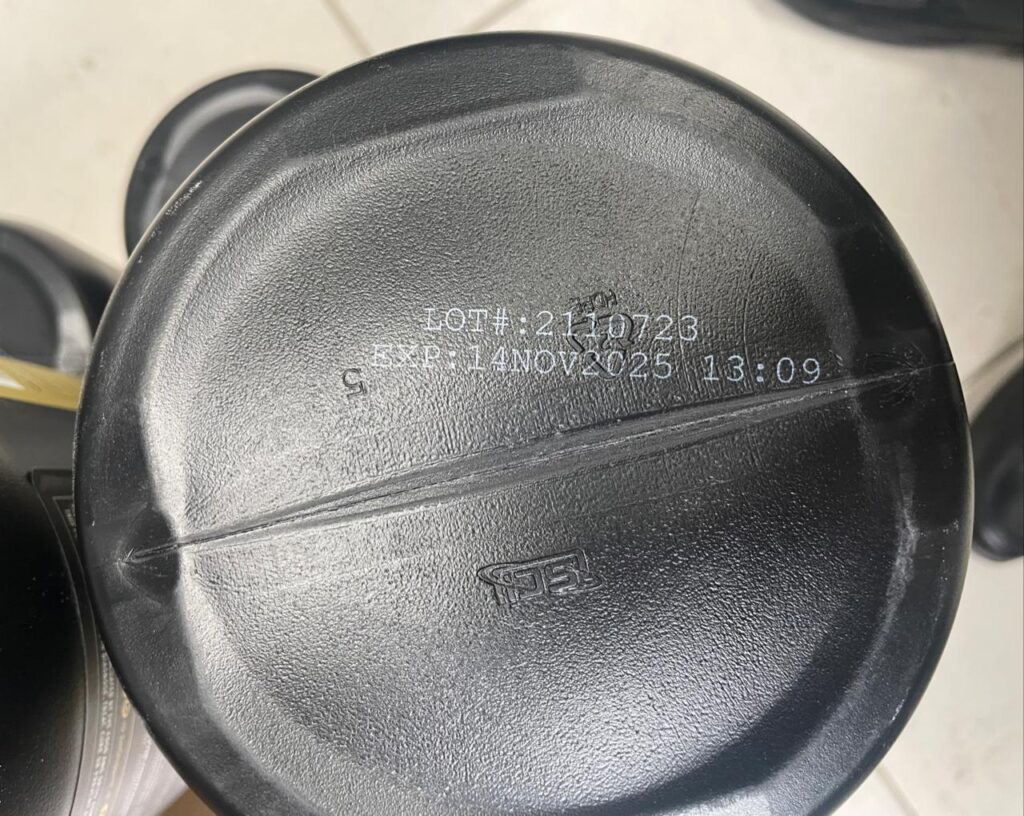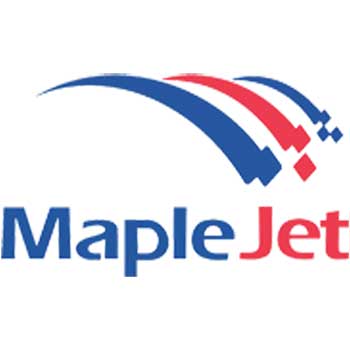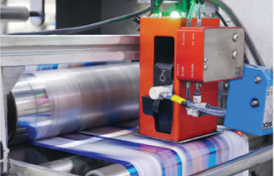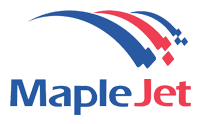In today’s fast-paced industrial environment, lot coding plays a critical role in ensuring product traceability, quality control, and compliance with regulatory standards. From pharmaceuticals to food packaging, lot coding is an essential part of product identification, providing valuable information about manufacturing details, batch numbers, and expiration dates. One of the most efficient and reliable methods for lot coding is the thermal inkjet printer. In this blog, we will explore the importance of lot coding, its applications, and how thermal inkjet printers have revolutionized this process for industries.
What is Lot Coding?
Lot coding, also known as batch coding, is a method used by manufacturers to assign a unique identification code to a specific batch or lot of products. This code typically includes information like production date, batch number, expiry date, and other relevant data. Lot coding is crucial for:
- Product traceability: Manufacturers can track products from production to distribution, ensuring any issues can be traced back to their source.
- Quality control: In the event of a defect or recall, lot coding allows companies to identify the affected batch quickly and efficiently.
- Regulatory compliance: Industries like pharmaceuticals and food manufacturing must adhere to strict regulations that require products to be properly labeled with lot codes for safety reasons.

Why is Lot Coding Essential?
Lot coding is more than just a regulatory requirement. It adds immense value by fostering transparency in the supply chain and ensuring consumer safety. Consider a situation where a food product has a contamination issue. Without an accurate lot code, recalling the affected items would be nearly impossible, leading to potential health risks and damage to the brand’s reputation.
Similarly, in the pharmaceutical industry, lot codes are essential to ensure drugs are used within their shelf life and in tracking down any production errors that may arise. Lot codes also help reduce product waste by allowing for the targeted recall of specific batches, rather than discarding entire stockpiles.
Thermal Inkjet Printers: A Modern Solution for Lot Coding
Thermal inkjet printers have gained popularity in recent years due to their versatility, ease of use, and cost-effectiveness. They offer an ideal solution for lot coding, especially in industries where high precision and speed are paramount.
How Do Thermal Inkjet Printers Work?
A thermal inkjet printer works by using a tiny heating element to vaporize ink and create small droplets, which are then propelled onto the product surface to form the desired code or image. Unlike other printing technologies like continuous inkjet, thermal inkjet printers do not require any moving parts for the actual printing process, making them more efficient and less prone to breakdowns.
Key features of thermal inkjet printers for lot coding include:
- High print resolution: Thermal inkjet printers deliver superior print quality, with resolutions up to 600 dpi, ensuring crisp and clear codes.
- Speed: Capable of printing at high speeds, these printers are perfect for fast-moving production lines.
- Minimal maintenance: With no moving parts, thermal inkjet printers require minimal maintenance, reducing downtime and associated costs.
- Eco-friendly options: Thermal inkjet printers often use water-based inks, making them a more environmentally friendly choice.
Advantages of Using Thermal Inkjet Printers for Lot Coding
The advantages of thermal inkjet printers in lot coding applications are numerous. Here’s why they are favored by industries:
- Precision and Clarity Thermal inkjet printers provide unmatched precision in printing alphanumeric codes, barcodes, and 2D data matrix codes. The high-resolution output ensures that codes are readable by both machines and humans, reducing errors in product identification.
- Cost-Effectiveness Thermal inkjet technology is more affordable than traditional continuous inkjet systems. The cost per print is lower, and since these printers require minimal maintenance, operational costs are kept in check. Additionally, their compact design allows for easy integration into existing production lines without the need for extensive modifications.
- Versatility Thermal inkjet printers are capable of printing on a wide range of substrates, including paper, cardboard, plastics, and metals. This versatility makes them suitable for various industries, from food and beverage to electronics and pharmaceuticals.
- User-Friendly Interface With easy-to-use touchscreen interfaces and remote connectivity options, operators can adjust print settings quickly and efficiently. This ease of operation is particularly beneficial in busy manufacturing environments, where speed and accuracy are critical.
- Fast Drying Inks Thermal inkjet printers utilize fast-drying, high-adhesion inks that can handle various environmental conditions. These inks are resistant to smudging, ensuring the durability and longevity of the printed codes. In the food industry, where products may be exposed to moisture and heat, fast-drying inks are especially valuable.

Applications of Thermal Inkjet Printers for Lot Coding
Thermal inkjet printers are used across a wide array of industries for lot coding, including:
- Food and Beverage: Thermal inkjet printers are extensively used in food production lines to print expiration dates, batch numbers, and other critical details on packaging. Their ability to print on a variety of surfaces, including plastics and foils, makes them indispensable for this industry.
- Pharmaceuticals: In the pharmaceutical sector, lot codes are a critical component of compliance. Thermal inkjet printers ensure that these codes are clear and durable, with the ability to print high-quality barcodes and data matrix codes that meet industry regulations.
- Cosmetics and Personal Care: Products in the cosmetics industry often have unique packaging shapes and materials. Thermal inkjet printers can print on small & multiple surfaces without compromising print quality, making them ideal for this sector.
- Electronics: The ability to print small, detailed codes makes thermal inkjet printers suitable for electronics, where parts need to be accurately labeled with lot codes, serial numbers, or product IDs.
How to Choose the Right Thermal Inkjet Printer for Lot Coding?
When selecting a thermal inkjet printer for your lot coding needs, consider the following factors:
- Production Speed: Ensure that the printer can keep up with your production line without compromising print quality.
- Ink Compatibility: Choose a printer that offers ink formulations suitable for your product’s material and environmental conditions.
- Ease of Integration: The printer should seamlessly integrate with your existing equipment to minimize downtime.
- Maintenance Requirements: Opt for a printer with low maintenance needs to reduce operational costs and ensure continuous production.
Conclusion
In conclusion, lot coding is a vital part of modern manufacturing, ensuring product traceability, quality control, and regulatory compliance. The thermal inkjet printer offers an efficient and cost-effective solution for printing lot codes, with its high precision, versatility, and minimal maintenance requirements. Industries ranging from food and pharmaceuticals to electronics can benefit from integrating thermal inkjet printers into their production lines.
At MapleJet, we offer state-of-the-art thermal inkjet printers designed to meet the diverse needs of industries. Our printers ensure clear, reliable, and durable lot codes, enabling businesses to maintain compliance and protect their brand’s reputation. Contact us and find the perfect solution for your lot coding requirements today.




Recent Comments